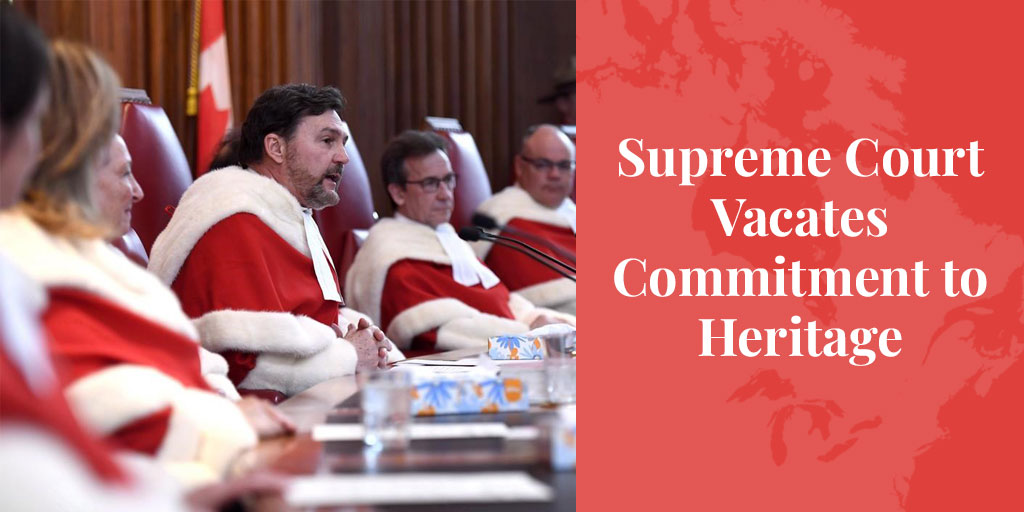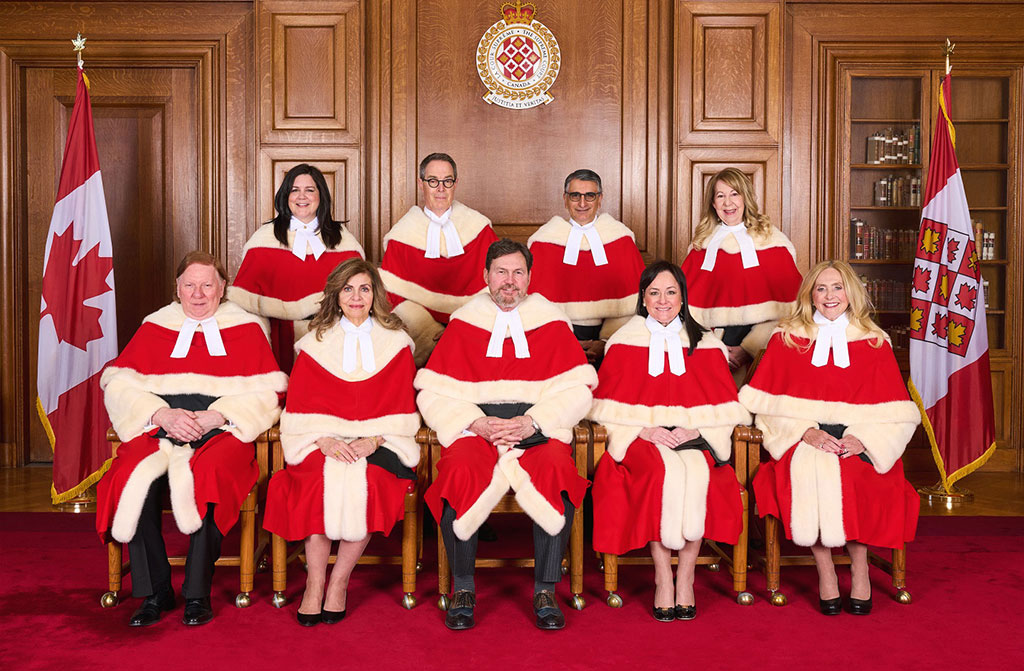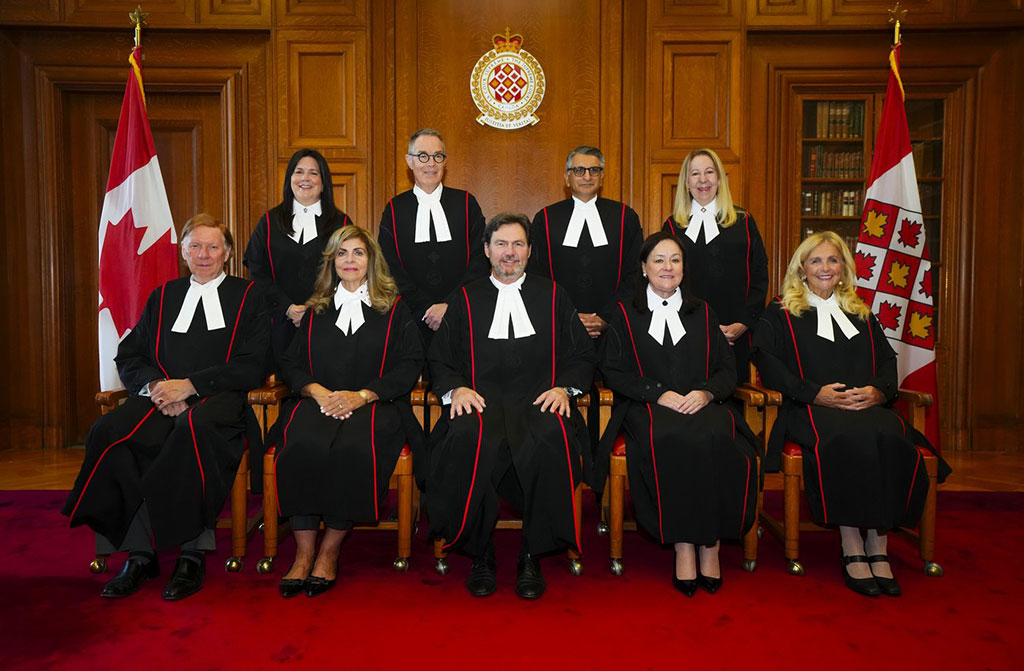
Last week, the Supreme Court of Canada held a ceremonial opening of the Court, which featured the public debut of the Court’s new robes. In June, Chief Justice Richard Wagner went on record saying that new robes were coming that “better reflect Canadian identity”.
The new robes are black with red piping, while the traditional robes were red wool with white mink fur, which had replaced the ermine of the original robes from 1875. The connection between Canadian history and identity and fur is well-known to all Canadians – the Hudson’s Bay Company, voyageurs, Indigenous fur trappers, and so much more. Canada is also the birthplace of successful mink and fox farming.
SEE ALSO: A personal voyage to the origins of fox farming. Truth About Fur, 2015.
Every corner of our country has been affected in some way by the fur trade. St. John’s, Newfoundland & Labrador, where steamships unloaded sealskins, and the Fur District of Montreal, where the sound of sewing machines once echoed through the streets, are just two examples that come to mind. Today, there are countless towns and villages across Western and Northern Canada that still bear the name “Fort” or “Factory” stemming from outposts of the North West Company or Hudson Bay Company.

Fur is not some kind of historical artifact. Today, there are innovative and exciting designers across Canada using it. Some are inspired to use fur because it is a biodegradable alternative to synthetic fibres that send microplastics into our rivers and oceans. Others are using fur as a way to reconnect to their Indigenous heritage, which was suppressed by government institutions, including the very Court Wagner sits on. Others wear it because it is warm, fashionable, and accessible.
The Supreme Court has added itself to a list of Canadian institutions that have chosen to wrap themselves in the adulation of foreign-funded animal activists instead of supporting Canada’s fur farmers, trappers and seal hunters who not only support our rural communities but, more often than not, are wholeheartedly supported by everyday Canadians in rural, coastal, northern, and yes, even urban communities.

Earlier this year, Fairmont, whose hotels were built along the Canadian Pacific rail line which transported furs to auction houses across the country and whose luxury hotels were filled for decades with customers wearing their finest furs, went fur-free. The Hudson’s Bay Company, which once gathered furs from across the Canadian hinterland to send to markets in Europe, had announced a fur-free policy not long before their demise. When Canadians tune in to watch our greatest athletes enter the Olympic opening ceremonies in Milan next February, they will see other countries’ athletes wearing Canadian fur, but not Team Canada.
SEE ALSO: Sharon Firth wants fur back on Canada’s Olympic uniform. Truth About Fur, 2019.
Chief Justice Wagner, on behalf of Canada’s thousands of trappers, seal hunters and fur farmers, as well as the many Canadians who believe in maintaining a connection to our shared history and the role of both the Supreme Court and the fur trade in it, I encourage you to reconsider and refashion your statement. If you are convinced we need to replace the Supreme Court’s traditional Santa Claus robes with something more fashion-forward, there are many designers across Canada who would be more than happy to help you create a design that truly celebrates Canadian identity and heritage – with natural and sustainable Canadian fur.
Doug Chiasson is Executive Director of the Fur Institute of Canada, and a Director-At-Large of the Canada Mink Breeders Association.











These elitists are part of Canada’s abandonment of its heritage in favour placating the false God of Animal rights propagated by multi million dollar foreign corporations whose propaganda has duped millions of people throughout the western democracies. If the people on our supreme court can be taken in by the falsehoods and propaganda of the animal rights corporations how can we trust them to adjudicate intelligently on the cases brought before them. This the kind of decision that results in many, many citizens beginning to question the very foundation of the justice system: factual information, clearly and carefully assessed to produce a just verdict. The results of a campaign of propaganda should have no place in the Supreme Court, because it taints the entire system: you cannot be partially pregnant.